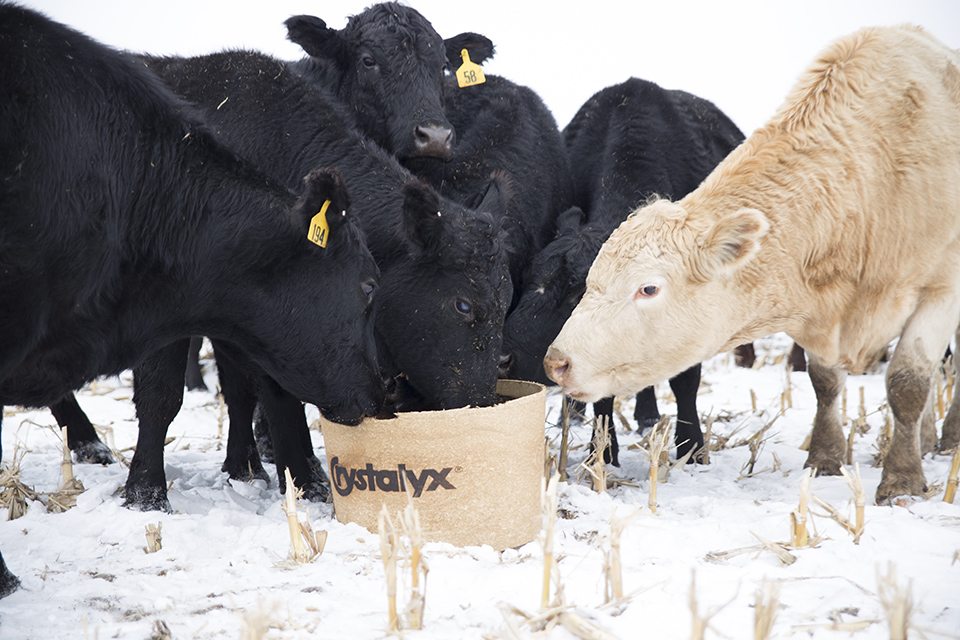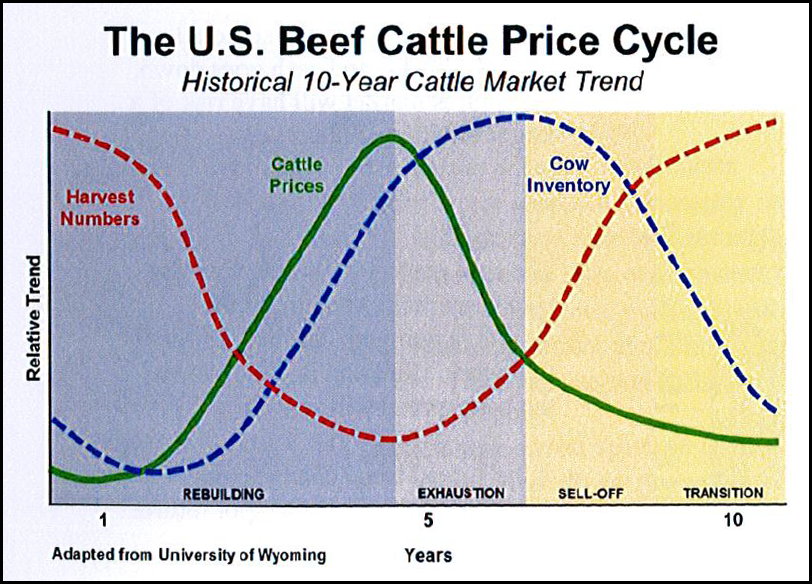As 2016 comes to a close, we can look back and wish for the golden days of the cattle market, or we can look to what’s just beyond the horizon. We all know what good looking back does, so here are a few words/concepts to consider as we enter a new year, a new market cycle, new rules on feeding cattle and a new administration.
Winter conditions and increasing nutrient demand in late gestation
Many parts of the country are experiencing cold winter conditions with some areas receiving snow and the coldest temperature of the year. It takes more time and effort to get regular chores completed. In addition, we need to push snow, pull out stuck vehicles, break ice and thaw frozen water pipes. When you consider the extra energy that humans need, it helps put our cattle’s nutrient requirements into prospective.
New Year's resolutions for cattle producers
In two short weeks we will be ringing in 2017 and putting 2016 to bed. Lots of changes have taken place this past year in the cattle markets, feed grain carryover stocks, US elections, world political landscape, etc. Like every new year, we get a chance at a “fresh” start. To do things differently. To do those things that we never get around to doing. To stop doing things that we should never have done in the first place. To do those things that we know we should be doing, but for some reason have not been able to get them done. To make the time to get what needs to be done… done. And to simply, do the right things. A New Year’s Resolution is defined as a firm decision to either do, or not do, something. It’s completely up to you.
What’s the difference between low cost and high return cow-calf producers?
After attending the annual Cattle Fax Outlook Session, there is no mistake that we are back in a 10-year beef cattle cycle. Most importantly, there are a few years still ahead of declining profitability in the cow-calf sector. There will be years ahead that Low Return Producers could lose money on their cow herd, while High Return Producers will likely still be above water.




